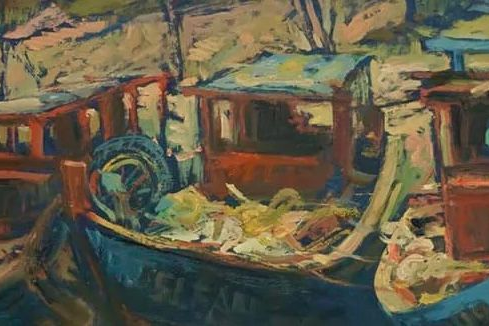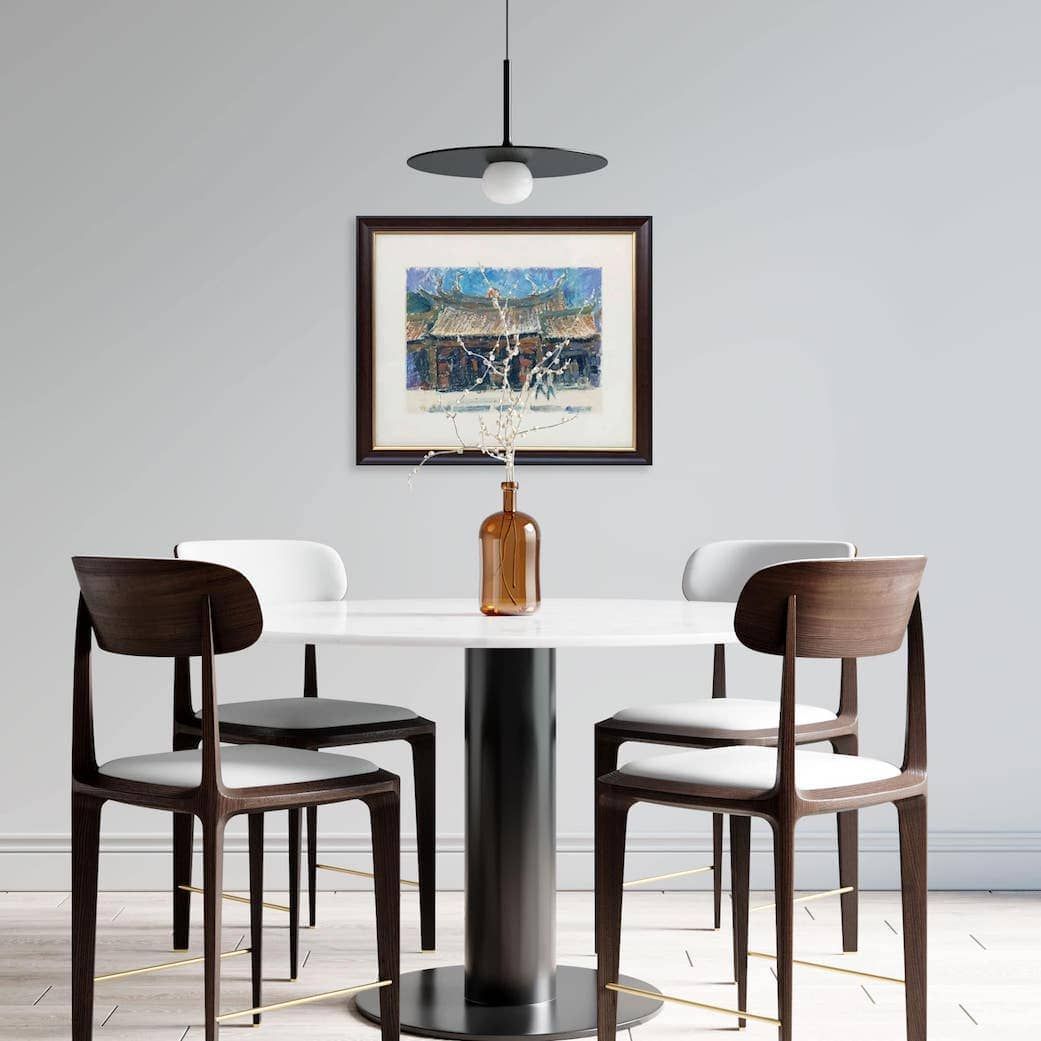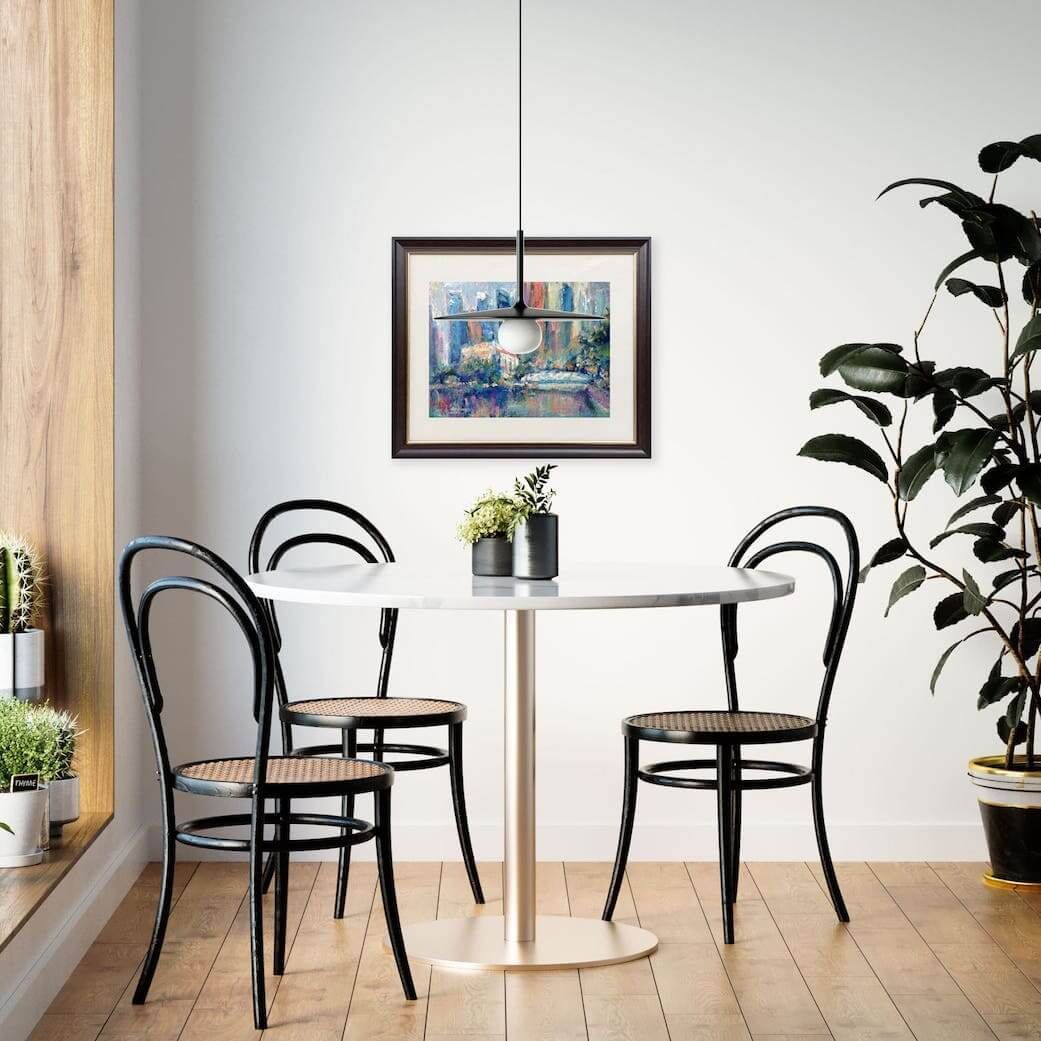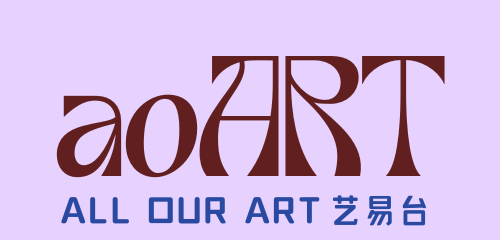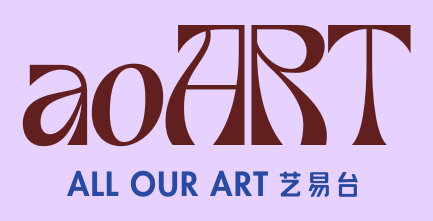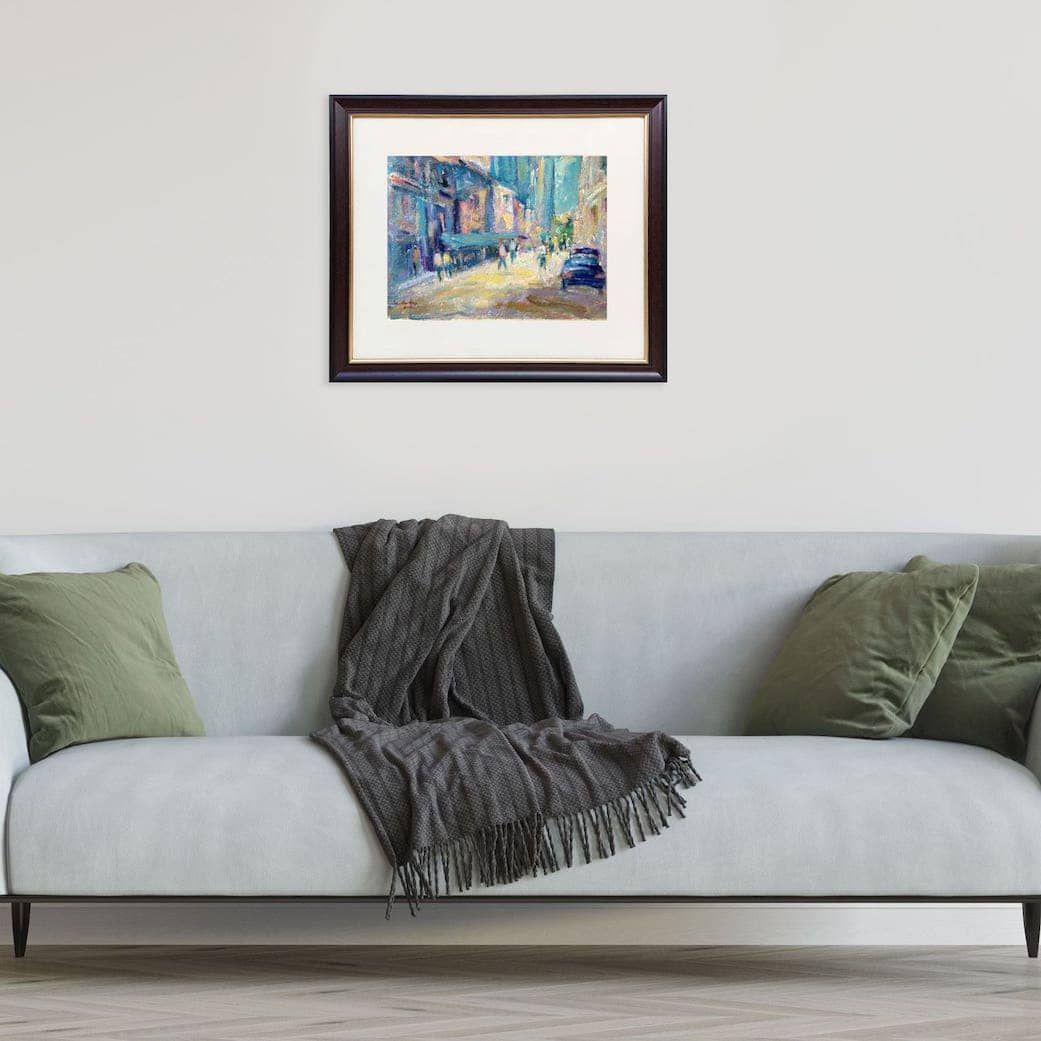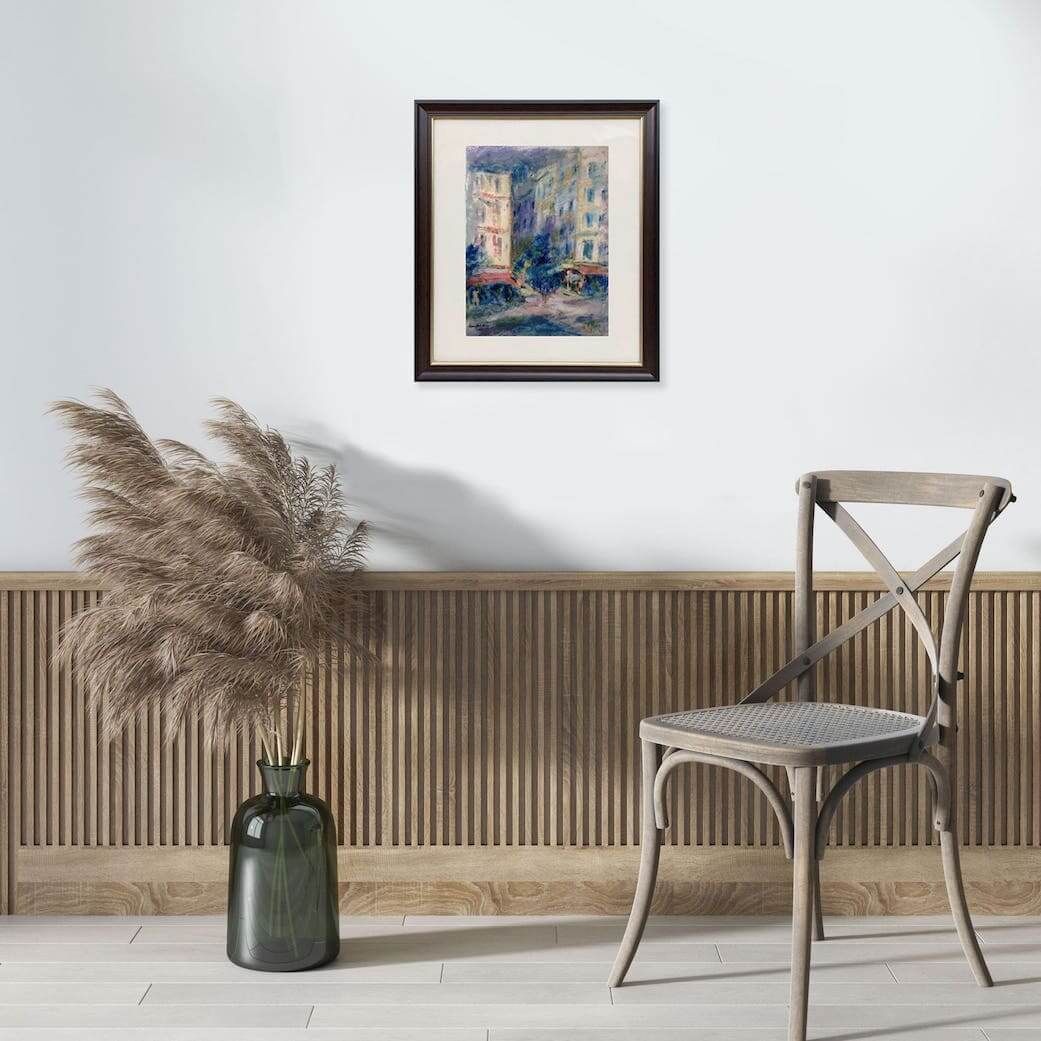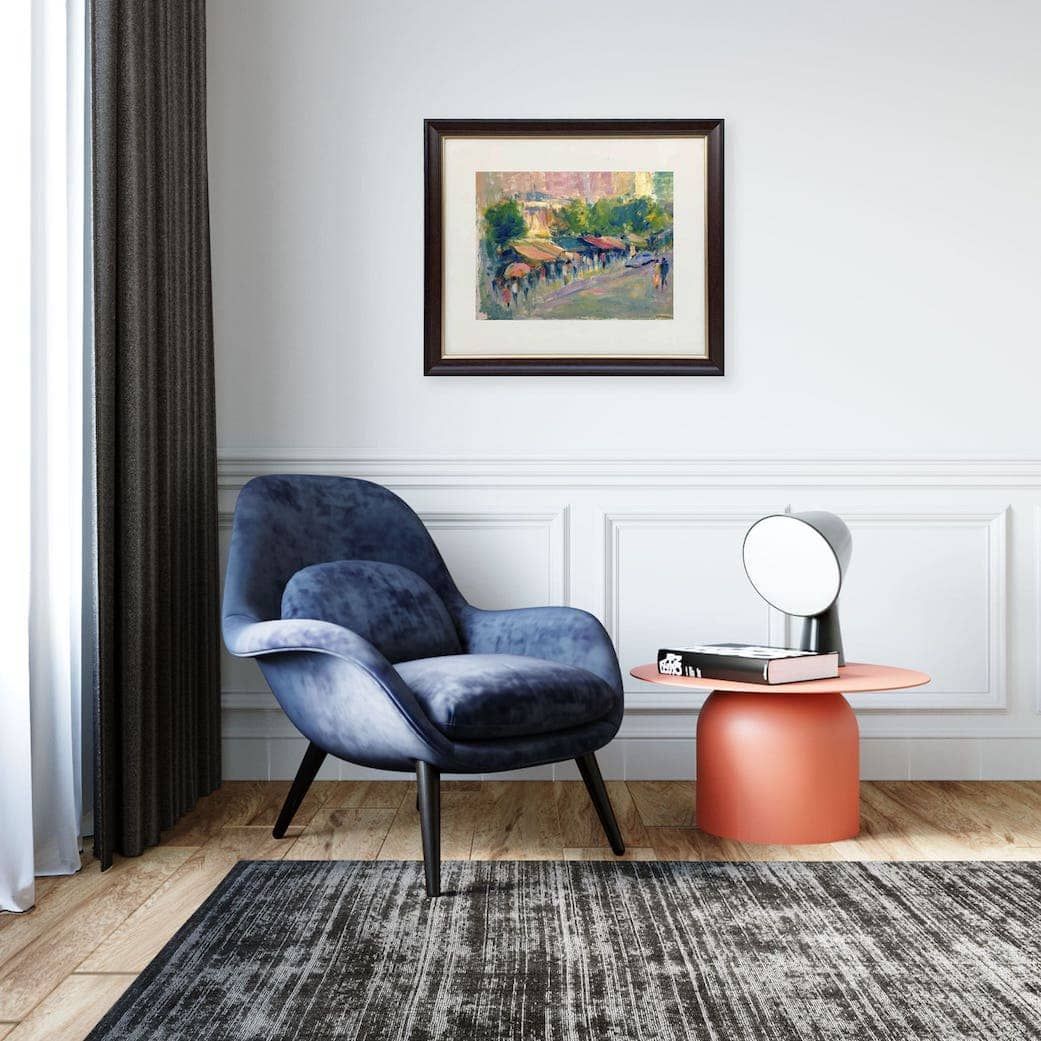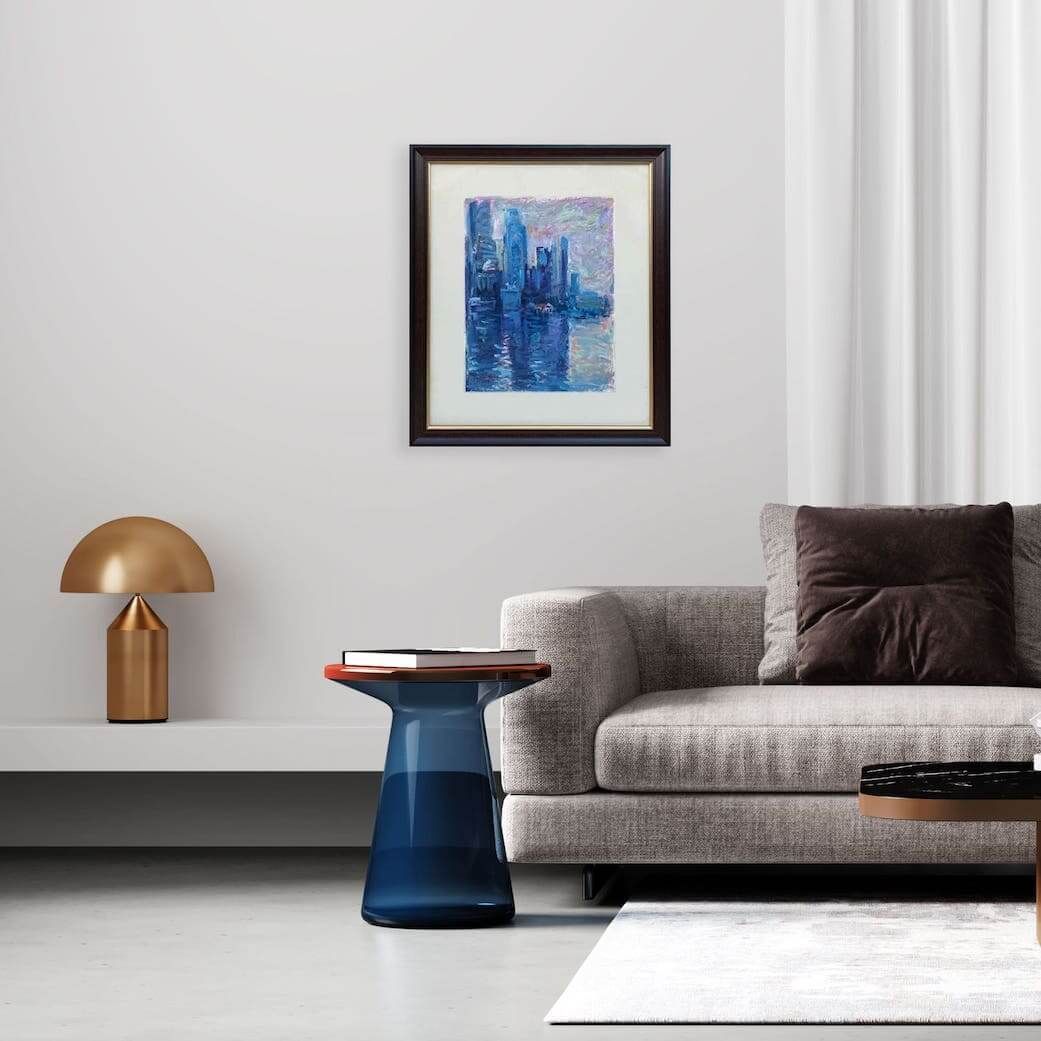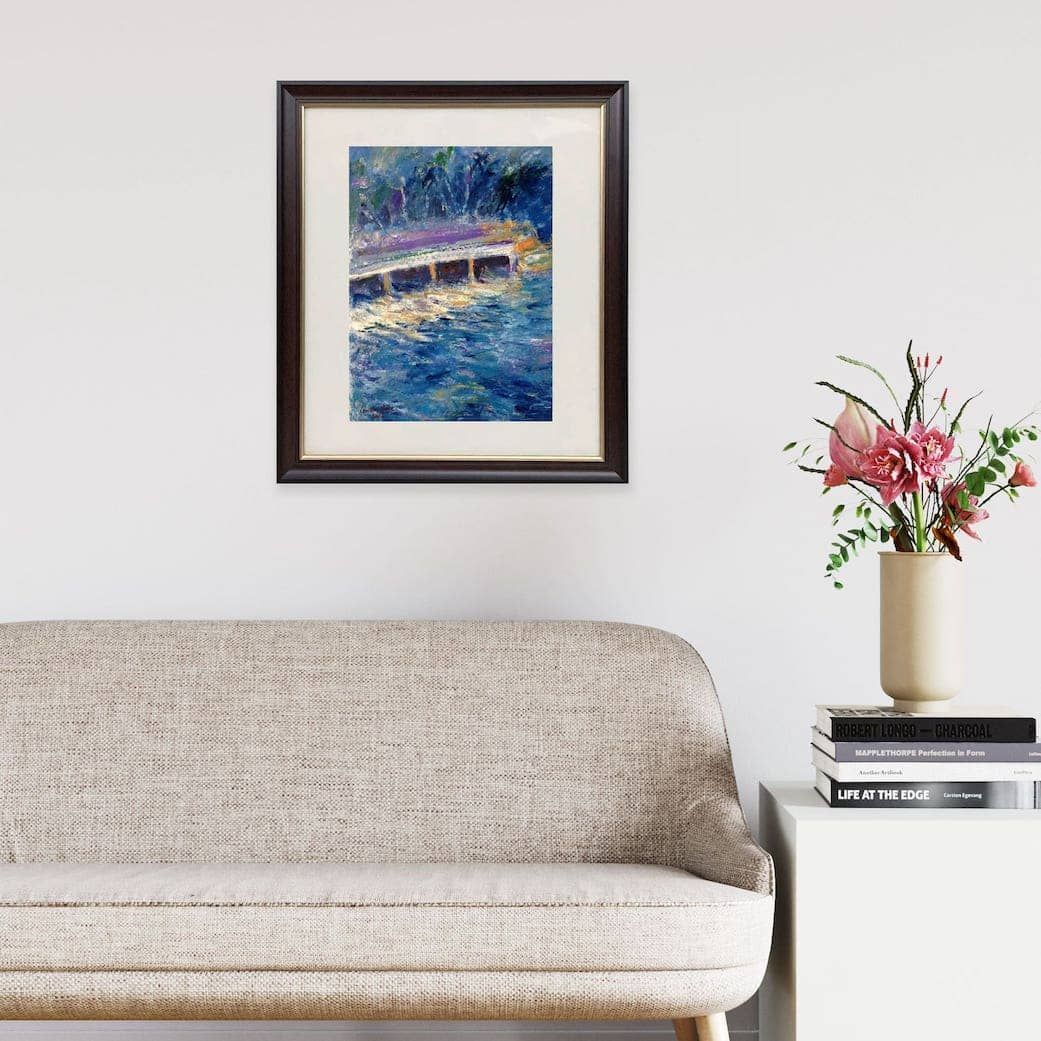The History of Singapore Art in the 2010s: A Golden Age for Contemporary Art — Global Integration and Diverse Practices
The 2010s: A Golden Age for Contemporary Art — Global Integration and Diverse Practices
If the 2000s were about growth, the 2010s were about consolidation and cultural confidence.
The 2010s were a vibrant and exciting time for Singapore art, characterised by a flourishing of creativity and innovation.
This decade saw the rise of a new generation of artists who embraced diverse mediums and themes, reflecting the complexities of contemporary life.
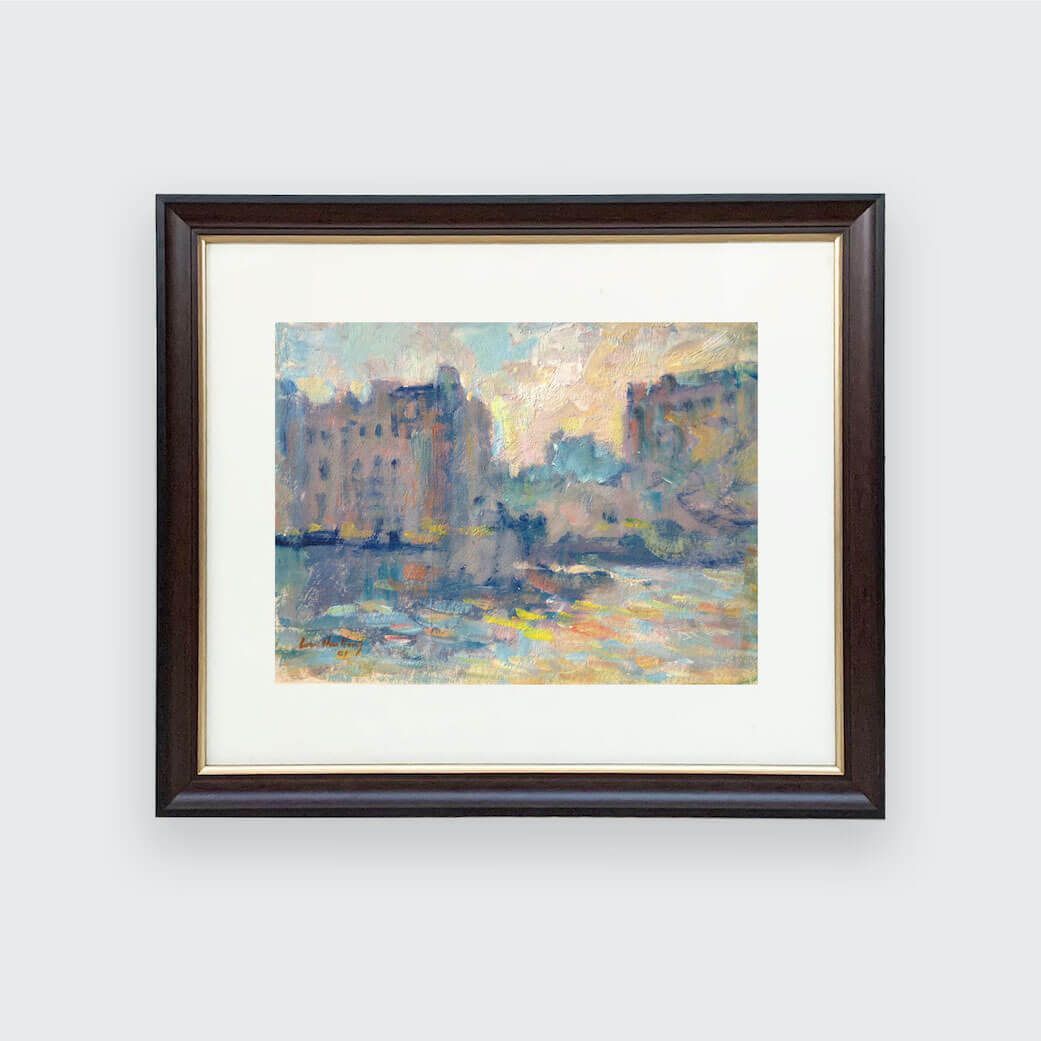
The 2010s solidified Singapore's position on the global art map.
Singapore art witnessed a continued integration into the international art world, with Singaporean artists participating in major biennales and art fairs worldwide.
In 2015, National Gallery Singapore opened its doors, housing the largest public collection of Singapore and Southeast Asian modern art.
It symbolised a major cultural milestone and became a centrepiece of the local arts scene.
Gillman Barracks also became a significant platform for showcasing Southeast Asian art and nurturing the local artistic community, making contemporary art a regular part of city life.
This decade saw artists exploring a vast range of materials and conceptual trajectories, from traditional painting to "dematerialised" media like sound and language.
Themes often revolved around colonial critique, politics and power, and alternative egalitarian forms.
There was an increased global recognition for Singaporean artists.
Charles Lim represented Singapore at the Venice Biennale in 2015, and artists like Zakir Hussain, Ming Wong, and Heman Chong gained international acclaim.
They gained international recognition for their groundbreaking practices spanning visual art, writing, performance, and filmmaking, engaging with the complex exchanges between Asia and the West.
The emphasis was on pushing boundaries, fostering critical reflection, and celebrating the diverse and often hybrid nature of contemporary art in Singapore.
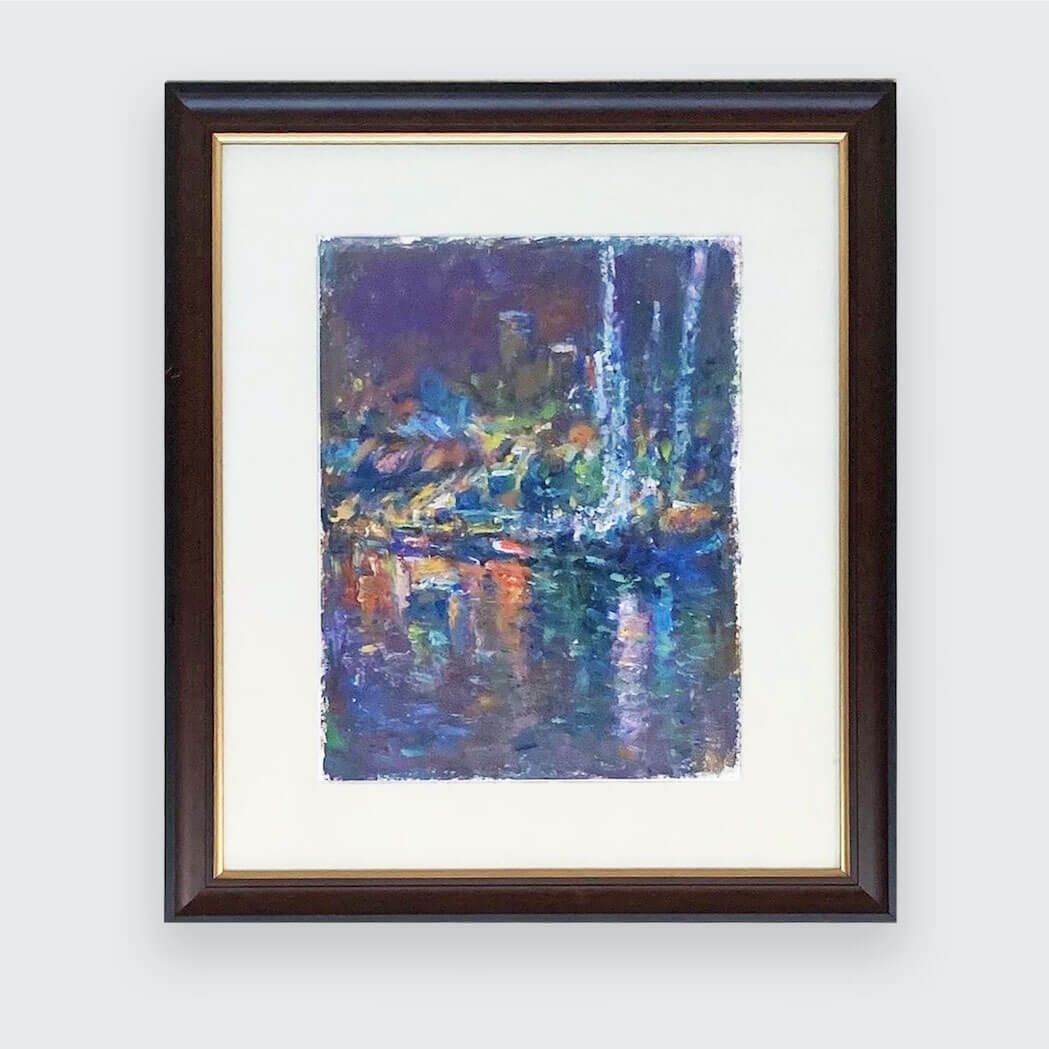
Art also became more accessible to the public, with events like The Singapore Art Week, launched in 2013, became a key event for promoting local and international artists, attracting art lovers from around the world.
Artists like Jeremy Sharma gained recognition for their thought-provoking works that explored issues of identity, memory, and the environment.
At the same time, there was a surge in public art, artist-run spaces, and digital experimentation.
A growing emphasis on community engagement and social practice in art was seen.
Artists began to collaborate with local communities, using art as a tool for social change and dialogue.
Platforms like Objectifs, NTU CCA, and Instinc supported cross-disciplinary and socially engaged practices.
This shift reflected a broader understanding of the role of art in society and its potential to foster connections and inspire action.
